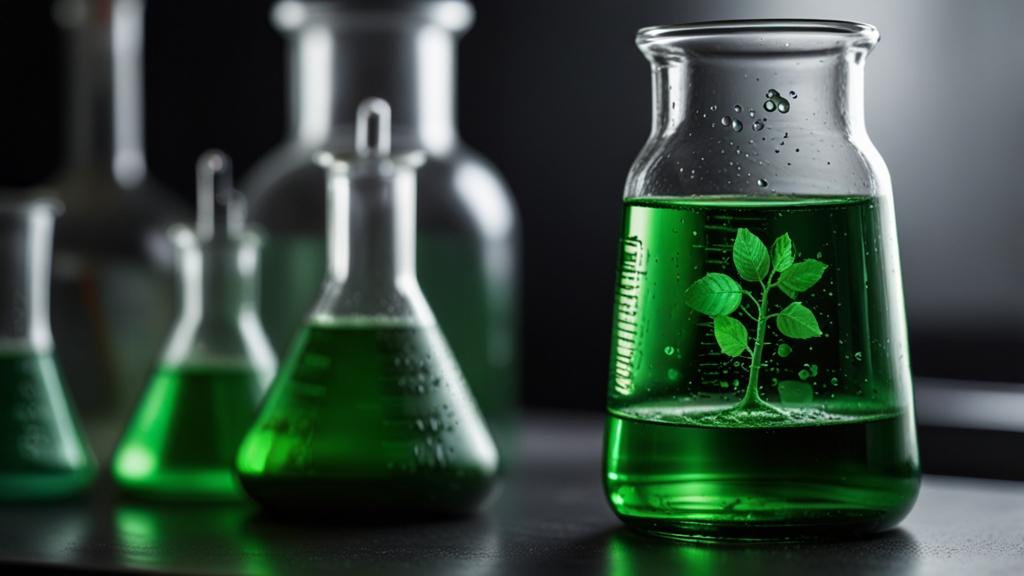Green Chemistry Innovations to Save the Planet
In the race to mitigate climate change and environmental degradation, green chemistry has emerged as a beacon of hope. Green chemistry focuses on designing products and processes that minimize the use of hazardous substances and the generation of waste, making chemistry an ally in the quest for sustainability.
Principles of Green Chemistry
The foundation of green chemistry is built on twelve guiding principles, which provide a framework for chemists to design safer chemicals and processes. These principles include:
- Prevention: It’s better to prevent waste than to treat or clean up waste after it has been created.
- Atom Economy: Design synthetic methods to maximize the incorporation of all materials used in the process into the final product.
- Less Hazardous Chemical Syntheses: Design synthetic methods to use and generate substances that possess little or no toxicity to human health and the environment.
- Design for Degradation: Design chemical products so they break down into innocuous products that do not persist in the environment.
Renewable Feedstocks
One significant innovation in green chemistry is the shift from fossil-based feedstocks to renewable ones. Biomass, such as agricultural residues or algae, is being explored as a sustainable source of raw materials. By replacing non-renewable resources with renewable alternatives, we can reduce our carbon footprint and reliance on petroleum.
For instance, the development of bioplastics derived from corn starch or sugarcane has shown promise as a substitute for traditional petroleum-based plastics.
Catalysis and Efficiency
Catalysis plays a crucial role in advancing green chemistry. Catalysts enhance the efficiency of chemical reactions by reducing the energy required and increasing the reaction rate. This results in fewer by-products and reduced environmental impact.
Heterogeneous catalysts, which can be easily separated from reaction mixtures, are especially beneficial. They enable cleaner processes and can often be recycled, further contributing to sustainability.
Researchers are continually devising novel catalysts that improve process efficiencies, reduce waste, and lower energy consumption.
Safer Solvents
Traditional organic solvents pose significant environmental and health risks. Green chemistry seeks to replace these hazardous solvents with safer alternatives. Water, supercritical carbon dioxide, and ionic liquids are being explored as green solvents that reduce toxicity and environmental impact.
Using water as a solvent not only minimizes the risk of hazardous exposure but also simplifies waste treatment processes.
Green Synthesis of Pharmaceuticals
The pharmaceutical industry has made significant strides in embracing green chemistry principles. Innovations in drug synthesis aim to reduce the environmental footprint by using greener catalysts, achieving higher atom economy, and minimizing waste generation.
For example, flow chemistry, which involves conducting chemical reactions in a flowing stream rather than in batch reactors, offers greater control, efficiency, and scalability. This approach reduces waste and energy consumption while improving safety.
Conclusion
Green chemistry holds immense potential to drive sustainable development and address some of the most pressing environmental challenges. By focusing on renewable resources, efficient catalysis, safer solvents, and innovative synthesis methods, we can significantly reduce the chemical industry's impact on the planet.
As we continue to innovate and adopt greener practices, we move closer to a future where chemistry is not only a tool for progress but also a steward of environmental stewardship. The journey towards a sustainable future is a collective one, and green chemistry offers the roadmap.











